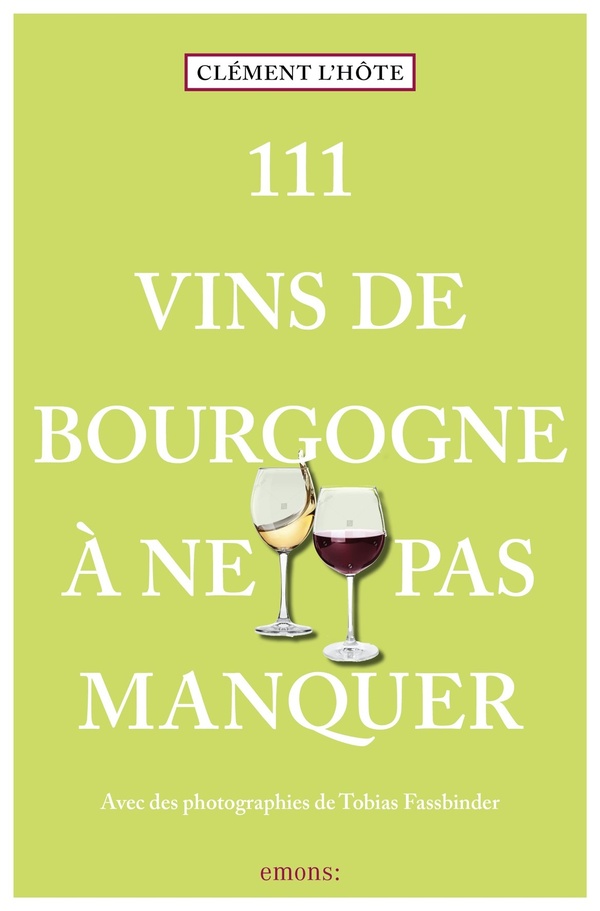A native of Chalon-sur-Saône, this journalist specialising in vines and wine, notably for the magazine Bourgogne Aujourd’hui and the website Vitisphere, has written 111 vins de Bourgogne à ne pas manquer. The result is a selection as eclectic as it is refined…
How did you come up with the idea for this project?
To be perfectly frank, it was a commission. Following on from its 111 lieux à ne pas manquer travel guides, German publisher Emons wanted to explore the world of wine. After a first opus on the best Swiss wines, its teams asked me to work on a selection from Burgundy, in the same format.
What appealed to you?
I was given carte blanche and, with it, the feeling that I could bring a bit of originality, by choosing little-known or even unusual references. But that’s not all… I was guided by the need to strike a balance between all the different visions of Burgundy wines. From those who make simple cuvées that offer immediate pleasure, to those who love the Grands Crus of the Côte de Nuits, I wanted everyone to have their place, and everyone to find their way, consumers and producers alike.
Does that include prices?
Of course! All price ranges are covered in this book, especially the lower ones. After all, you can still find Burgundy wines that are both excellent and affordable. As I hope you can see, this selection includes bottles costing from €5 to €1,000.
How did you go about compiling this list of 111 wines?
Mainly in two stages. Firstly, I chose the appellations by region that I wanted to be included, and estimated the number of bottles for each. Then, to ‘fill in the blanks’, I drew on the experience I’d gained as a wine technician during my BTSA in Viticulture and Oenology, and drew on my knowledge as a specialist journalist, while taking care to revisit certain estates and survey specialist trade shows such as Les grands jours de Bourgogne…
What lessons have you learned from this book?
On the one hand, it confirms that there’s no longer any place in the sun for improvisation in Burgundy or, to put it another way, for winemakers who aren’t oenologists or who think they can do without their services. That no longer exists. The demand for quality is there, everywhere, whatever the price range. On the other hand, there are dozens of surprises. Surprises like the solera ‘En Chemin Km 22.7’ from Domaine Bouhélier or the pinots gris from Domaine Yann Boissenet in the Jovinien region. All in all, once I’d finished the book, the Burgundy of vines and wines seemed even richer than I’d imagined.
And if you had to choose 3 bottles out of the 111 mentioned…
Let me go through the book again… I’d say ‘Le Clos du Château’, AOC Chablis, from Château de Fleys and ‘La Comme’, 1er Cru, AOC Santenay, from Domaine Louis Lequin & Fils. Each of these houses deserves more recognition: they produce great wines, but they do so discreetly. And then, in a completely different genre, I would add ‘A minima’, in AOC Bourgogne Passe-tout-grains, from Trapet. Despite their success, Jean-Louis and Andrée make a point of keeping in touch with consumers, welcoming them with open arms and developing more accessible cuvées…


